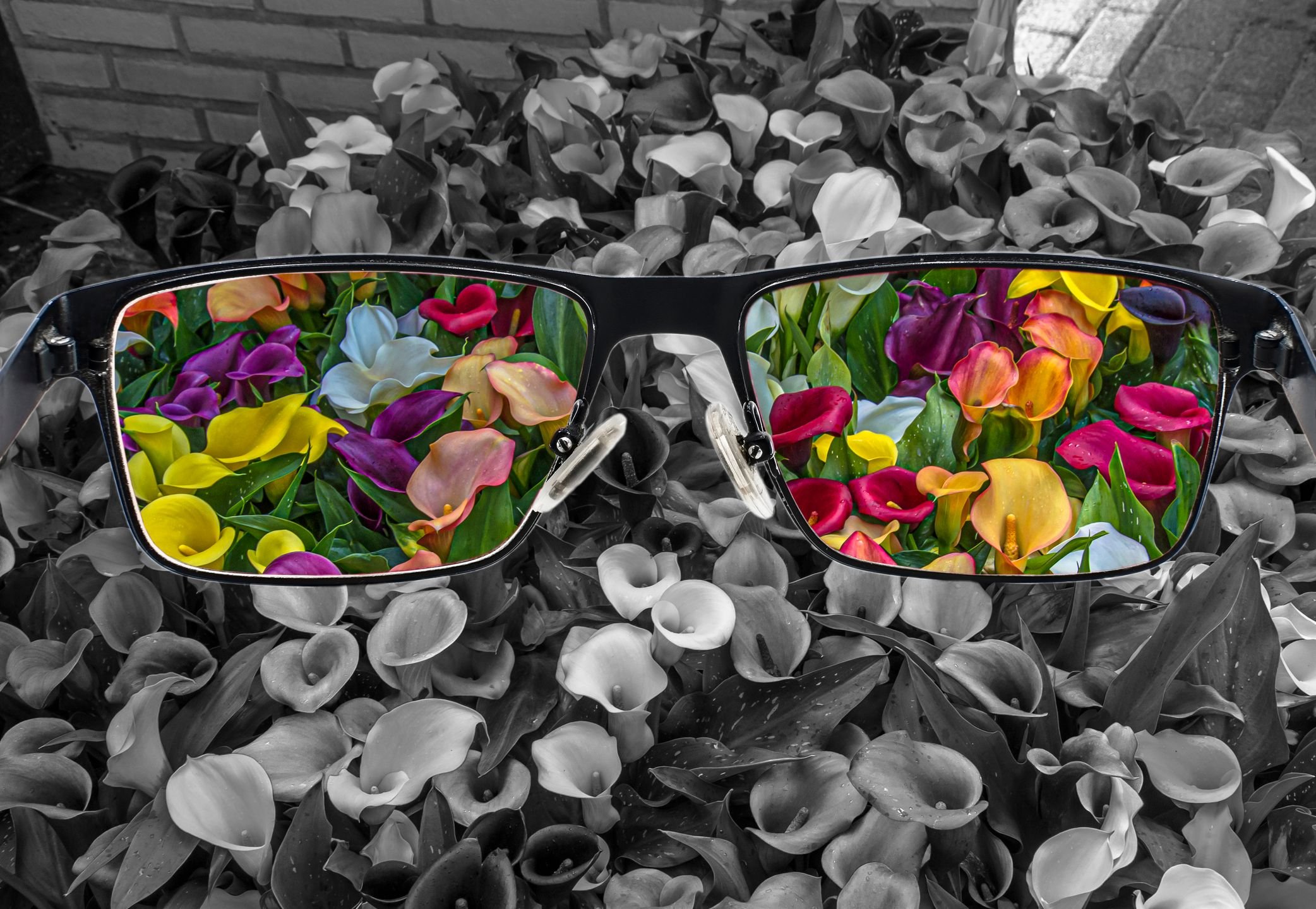It was accepted as a technology feat by experts, never seen (literally), a team of scientists at the University of California, claiming that it makes it an invisible color by making changes in human photoreceptors. In the experiment, five participants received laser shots in their eyes and witnessed a blue-green color called by the authors of the “Olo” study.
In a recent interview with the “Today” program BBC Radio 4, Ren NG, one of the five -experience participants of team leader and joint writer Ren NG, said that “olo” is more saturated than any color you can see in the real world “. Perception was obtained After firing a laser pulse to the student of one eye of each participant.
“Let’s say you wander around all life, and you just see pink, pink baby, pastel pink,” he said to the station’s listeners. “And then one day you go to the office, and someone wears a shirt and they say it’s the most intense baby pink you’ve ever seen, and it’s a new color, and we call it red,” he explained.
Producing a new color experience
Published in the magazine ScienceadvancesThe study offers a principle called OZ, “For showing color images: directly controls the photoreceptor activity of the human eye by giving the light cell to the cell.” It is a device that contains mirrors, lasers and optical devices designed by some authors and updated for this work.
The biological phase of the experience is the sensitive layer behind the retinal eye, which converts the light to the electrical signals transmitted to the brain by the optical nerve to provide vision. In this structure, each has three types of cone cells, each sensitive to specific wavelengths: S (blue), L (red) and M (green).
In the “olo” color experience, the researchers used laser to stimulate the M cone, which is the impossible phenomenon in the natural look that stimulates a cone always affects others due to functional overlap. Artificially produced, the stimulus sent an unprecedented color symptom to the brain and recorded in a colorful dial by the detection, To confirm the coincidence with a new color.
Competitions and Practical Applications of Color Production in Retin

As with all revolutionary experiences, he produced some “olocetic”, such as a vision scientist from the University of London St George’s City St George’s. For the expert, the new color is nothing more than a more saturated green ”that can be produced in a subject with a normal red-green chromatic mechanism when it comes from only one entry m.
For example, the red cone (L) argues that if blood cells are stimulated, people will “notice a deep red”. Instead of the new color, the perception of “olo” is the same basic neurological principles as we have noticed other colors, ie, This is just an activation of photoreceptors that our brain has never experienced before, naturally.
In the defense of “olo, Professor NG admits that the new color is” absolutely technically difficult “because the new color requires special equipment. However, it also draws attention to a possible practical practice of this research: Technology and discovered principles can potentially benefit color lamps and create new ways to correct or compensate for the deficiencies in color vision.
What do you think about “olo”? Is it really a new color or a special perception for some people? Comment on social networks and enjoy sharing the story with friends and followers. And is it true that the sun is yellow?
Source: Tec Mundo
I’m Blaine Morgan, an experienced journalist and writer with over 8 years of experience in the tech industry. My expertise lies in writing about technology news and trends, covering everything from cutting-edge gadgets to emerging software developments. I’ve written for several leading publications including Gadget Onus where I am an author.













